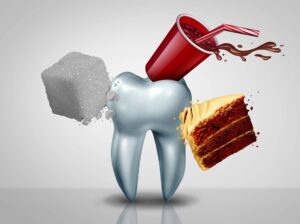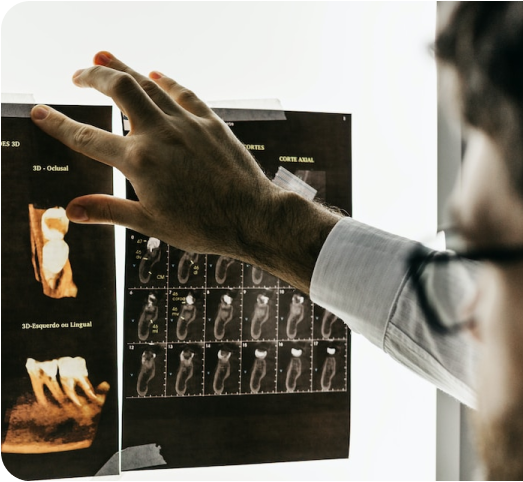
Your Guide to a Stress-Free Root Canal Experience: The Emotional Side
Your Guide to a Stress-Free Root Canal Experience: The Emotional Side Dear readers, welcome! Today, we’re discussing a topic that frequently crosses our minds but isn’t generally publicly discussed: the emotional impact of dental operations, particularly root canals. Before you click away, allow me to clarify: the goal here is to make your experience as relaxing and stress-free as possible. So let’s get started! Emotional Intelligence: It’s All Natural First things first: it’s quite normal to experience some level of anxiety before having dental work done. The good news is that modern dentistry has made significant progress in ensuring that patient experiences are as comfortable as possible. Let’s thus look at some easy yet efficient strategies to make your subsequent root canal a breeze. The Influence of Information: What to Expect Knowing what you’re getting into is one of the best strategies to reduce worry. Today, a root canal is a simple operation that can frequently be finished in one or two visits. You shouldn’t experience any pain because to the local anesthetic. Knowing these details can make you feel less worried and more in control. Your dentist is your ally in this open discussion Do not be afraid to express any worries or inquiries you may have to your dentist because they are there to assist you. Your dentist can better adapt the experience to meet your needs if they are aware of how you are feeling. Your comfort is a top consideration, whether that means taking breaks or employing a specific kind of anaesthetic. Simple Techniques to Promote Calm Deep Inhalation Take a few slow, deep breaths to calm your nerves. To help your body relax, try taking a few deep breaths with your nose and exhaling gently through your mouth. Visualization Think of a happy area where you can be yourself, such as a beach, a mountain, or even your own backyard. This mental diversion may give you a momentary reprieve from your concerns. Play Your Favorite Music The soul can be calmed by listening to music. Bring headphones and listen to your go-to playlist of relaxing music. Take a Friend Sometimes all you need to make things seem more bearable is a familiar face. Bring a friend or family member with you if it may help with moral support. Medical Comfort: Options for Sedation There are sedative options available if you’re still feeling anxious to help the process go more smoothly. Your dentist can advise you on the best solutions for your degree of comfort, from mild sedatives to stronger options. Celebrate Your Bravery—You Achieved! After your root canal, pause to admire your fortitude. It’s an accomplishment to face your anxieties, and you should be proud of yourself for doing so. Last Words: Your Comfort and Your Health Your comfort and health are ultimately what matter the most. A typical surgery to save your tooth and get rid of pain is a root canal. There is every reason to anticipate a smooth, stress-free experience with today’s sophisticated technology and a few soothing tactics. So there you have it—your guide to a relaxing and stress-free root canal procedure. We at Hillcrest oral are here to support you every step of the way if you’re prepared to move forward with your oral health journey. Keep those wonderful smiles up until next time! So there you have it—your guide to a relaxing and stress-free root canal procedure. We at Hillcrest oral are here to support you every step of the way if you’re prepared to move forward with your oral health journey. Keep those wonderful smiles up until next time! Published by Dr. Namrata Shah Trending






